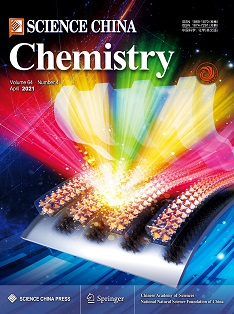
Abstract
1,1-Diaryl moieties are core structures in a wide range of bioactive and pharmaceutical compounds. Transition-metal catalysis is a convenient approach to accessing these invaluable compounds affording high yields and enantioselectivities. This review summarizes 1,1-diarylalkanes synthesis through transition metal catalysis. Particular focus is given to recent developments, such as reductive cross-electrophile couplings, benzylic C–H bond arylation, transformations involving metal migration, asymmetric hydrogenation of 1,1-diarylalkenes and three-component coupling reactions.
Introduction
Transition-metal-catalyzed reactions have proven to be useful in various organic transformations since last few decades. These methodologies provide facile synthetic access to molecules that would otherwise require multi-step traditional approaches [1]. Accordingly, development of reaction protocols for the synthesis of bioactive natural compounds exploiting transition metal catalysis has surged [2]. 1,1-Diarylalkanes are important organic moieties found in a wide range of naturally occurring compounds and are the core structures of many pharmaceuticals and building blocks for many important drugs. A slight variation in the aryl or amine moieties of the 3,3-diarylamines can lead to a different drug such as antiallergic-drug pheniramine and choleretic agent diisopromine (Figure 1) [3]. Further examples are anti-depressant sertraline and antimuscarinic agents Detrol. The design of new and facile synthetic methods to access these molecules remains desirable. Synthetic chemists have shown great interest in 1,1-diarylalkanes owing to their biological importance and the interesting chemistry involved in their synthesis [4]. Among the transition metals, Pd, Ni, and Cu have played the most important roles in the synthesis of 1,1-diarylalkanes [5]. Although some reviews have been published on gem-diarylalkane synthesis, many recent important developments, particularly some new strategies are not included [6]. This review will mainly focus on the current strategies, both stereoselective and racemic, employed to synthesize 1,1-diarylalkanes. Current strategies can be divided into two- and three-component reactions. The two-component reactions are classical cross-couplings of benzylic halides, ethers and esters, migratory cross-coupling reactions, carbenes functionalization, benzylic C–H bond arylation, hydrogenation of 1,1-diarylalkenes, conjugate addition reactions and allylic arylation reactions. Furthermore, three-component reactions for 1,1-diarylalkanes synthesis include alkene hydroarylation, alkenyl arenes difunctionalization, alkene 1,1-diarylation and C–H bonds double arylation (Scheme 1).